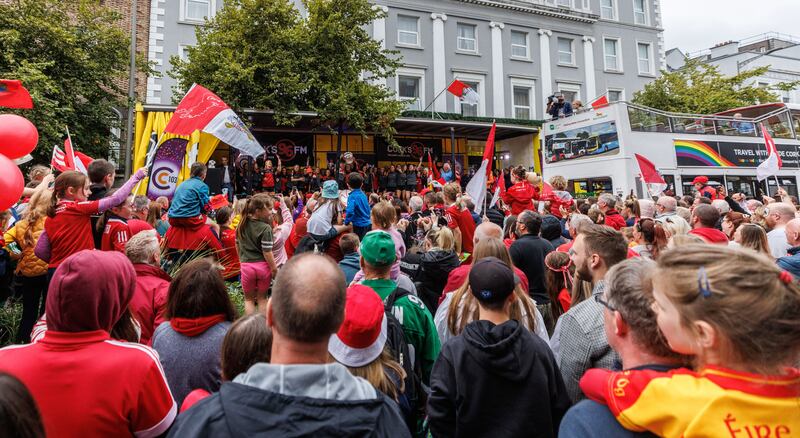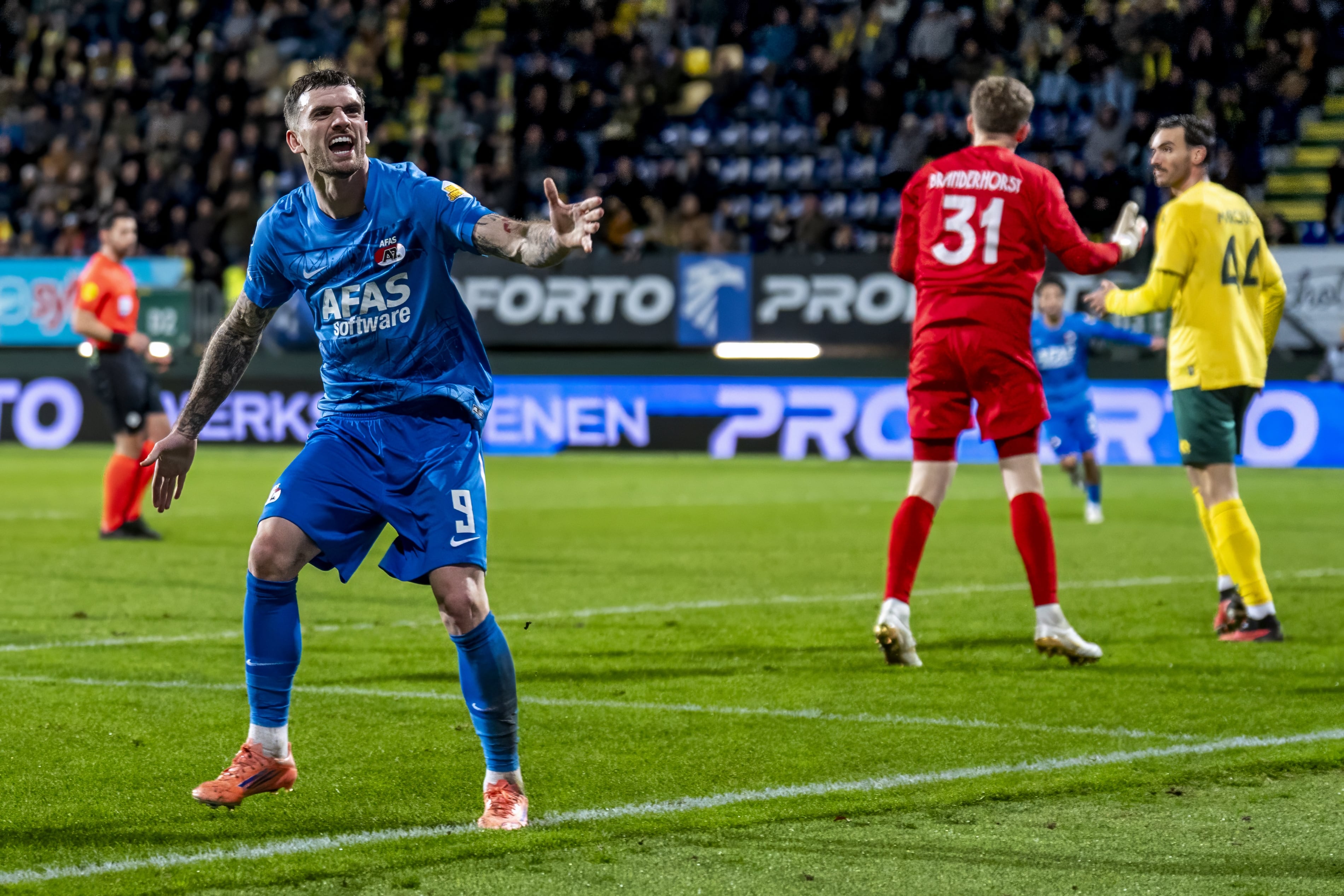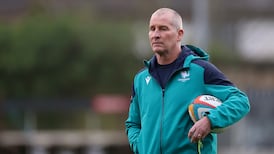Years on the image fits comfortably into those of Ireland’s sporting icons. It is of Ronnie Delany sitting up on the back of an open-top Mercedes with his feet resting on the back seat. His oversized white trench coat and the large, round, white steering wheel of the car places the scene in another time.
It is Ireland of the 1950s and it is Delany’s December homecoming after winning the 1956 Olympic gold medal at the Melbourne Olympic Games 18 days beforehand.
The crowd swarm around the vehicle, which has a small Tricolor by the windscreen rising far above the car. In 2006 Ireland produced a stamp for the 50th anniversary of Delany overcoming the home favourite John Landy on the last lap to win in the 1,500m and set a new Olympic record. He became the first Irishman to win an Olympic athletics title since Bob Tisdall in 1932.
Years before Delany, Dr Pat O’Callaghan won Ireland’s first Olympic gold medal in the 1928 hammer event. Thousands turned out for his return to his native Kanturk in Co Cork. “There were crowds at every crossroads and a platform was built with people spouting,” he said.
READ MORE
Ireland has always had a grá for homecomings. Teams, individuals, it hasn’t mattered. The sight of Republic of Ireland manager Vera Pauw, leaping on the stage in delight at the turnout in Dublin for her team’s event after the recent World Cup told of rapture and enchantment, a release of pent-up energy, a dam bursting before the cameras.
In the US, college homecomings are said to celebrate the organisation’s existence and maybe there was a germ of that with Pauw and the rest of the team, a festive observance of their participation in a first World Cup, their success at achieving visibility on a world stage and empowering others, especially girls, to believe in the concept of no barriers.

This week Cork’s All-Ireland winning camogie team were also welcomed back with a reception in the city centre after beating Waterford on Sunday to end a five-year wait for All-Ireland dominance. The team left Dublin by train on Monday, stopping off in Mallow before an open-top bus parade down Patrick St and on to Grand Parade and South Mall before stopping outside the Imperial Hotel, where the reception was held.
In May, Munster Rugby held a homecoming when they won the United Rugby Championship with people needing tickets for the event in Thomond Park and in the summer of 2018 the Irish women’s hockey team, following an unprecedented run to the World Cup final in London, drew thousands to their homecoming in a closed-off Dame Street in Dublin.
Six years earlier Katie Taylor ensured her hometown of Bray came to a standstill after becoming the first women’s lightweight gold medal winner at an Olympic Games in London 2012. In 1997, Ken Doherty, after defeating Stephen Hendry to win the World snooker Championship, embarked on a freezing open-top bus ride through Dublin’s wintry streets, bravely holding the trophy aloft as sleet slanted in over the bus and occupants.
But it was Jack Charlton who first mused aloud about the purpose of the homecoming, what it was about, why it was taking place and what exactly was being celebrated. Maybe the Geordie had crossed his cultural wires but his bemusement at the numbers that turned out to welcome home the team after Euro ‘88 was a reasonable reaction.
“It makes me wonder what the reception would be like if we won something,” said England’s 1966 World Cup winner.
You could have believed at the time that Charlton thought Ireland was an uncertain nation of event junkies. The team came third in their group behind the Soviet Union and Netherlands but beat England. They didn’t make the knockout phase. This summer the Irish women’s team came fourth in Group B with one draw and two defeats from three matches and didn’t advance either.
It doesn’t seem to matter. One of the strongest Irish cultural themes is the homecoming, which draws the emotional intensity of departure and return. What actually happens at the tournament, or where the team placed, isn’t always the driver.
People have moved towards celebrating participation as well as success and have come to understand that inclusion in something as big as a World Cup has worth and brings a raft of benefits.
Returning is woven into the Irish psyche. Even Taylor’s recent defeat to Chantelle Cameron in Dublin, her first as a professional boxer, was billed as her homecoming. The word plays hard on the emotions. It is evocative, and folded into the freight of its meaning is some level of pain, whether that of a child returning from abroad, a competitor struggling in the sporting arena or, like Taylor, a hero being finally permitted, after 36 years, to perform in Dublin.
By the end of his tenure with the Irish footballers and his fishing trips around the country, Charlton might have come to appreciate that the homecoming is not totally a celebration but also grateful recognition of a distance removed, a closeness and a returning to a place. The contradiction is that it was a Dutch woman who expressed that most vividly on the Dublin stage, her unbridled joy an enduring image of the gathering.

















